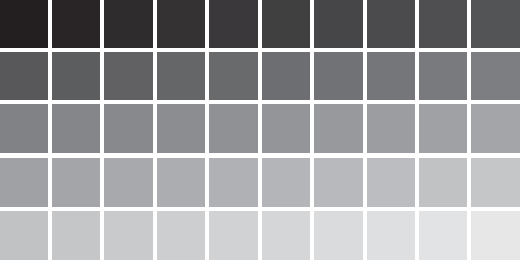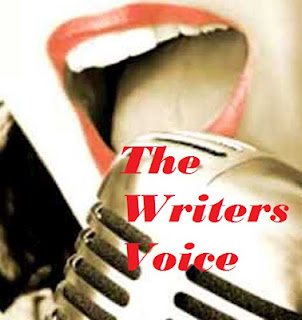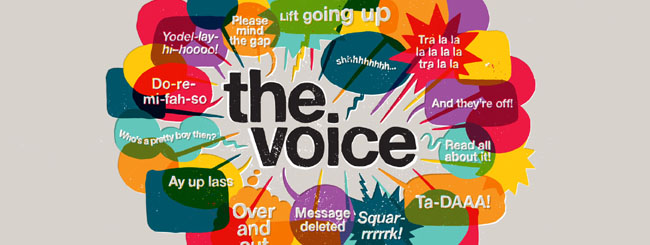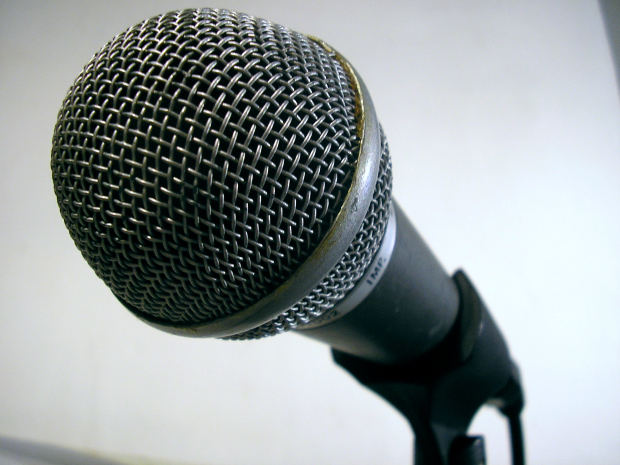
Your Voice, Your Choice!
June 18, 2013



Using principles from the human voice to alter our own artistic voices and create the largest impact on our readers
This month we are
discussing making choices that complement not only you but your career as a
writer as well. One of the most important choices you will have to make
concerning both you and your career involves your artistic voice.
discussing making choices that complement not only you but your career as a
writer as well. One of the most important choices you will have to make
concerning both you and your career involves your artistic voice.
Many people think
that this term is used exclusively to refer to our innate quality of writing. This
is in fact only partially true. With that definition we are only accounting for
the unadulterated essence (or foundation) that lies at the heart of everything
we write. However, like our actual voices, we can in fact alter our artistic
voice to suit our needs in pitch, volume, or even surface quality. Our artistic
voice is something that has much more flexibility than we think, and it is for
this reason that it is critical we make informed and conscious decisions about how
we want that voice to be perceived.
that this term is used exclusively to refer to our innate quality of writing. This
is in fact only partially true. With that definition we are only accounting for
the unadulterated essence (or foundation) that lies at the heart of everything
we write. However, like our actual voices, we can in fact alter our artistic
voice to suit our needs in pitch, volume, or even surface quality. Our artistic
voice is something that has much more flexibility than we think, and it is for
this reason that it is critical we make informed and conscious decisions about how
we want that voice to be perceived.
Pitch in our real
voices is an expressive tool we use to add inflection, or give insight into the
emotional context of what we are saying. In your artistic voice pitch is akin to the emotional perspective and
expressive tools you use that are specific to a particular style you are
writing in. You’ll notice that when we speak (whether we’re high or low),
people can normally still recognize it is our voice. Don’t be afraid you’ll
lose who you are as a writer by stretching the boundaries of emotional depth
and expression. We are always concerned with “staying true to who we are” by
being in harmony with the essence of our voice, but often we don’t need to try
and maintain that, it happens naturally like overtones in particular pitch
frequencies.
voices is an expressive tool we use to add inflection, or give insight into the
emotional context of what we are saying. In your artistic voice pitch is akin to the emotional perspective and
expressive tools you use that are specific to a particular style you are
writing in. You’ll notice that when we speak (whether we’re high or low),
people can normally still recognize it is our voice. Don’t be afraid you’ll
lose who you are as a writer by stretching the boundaries of emotional depth
and expression. We are always concerned with “staying true to who we are” by
being in harmony with the essence of our voice, but often we don’t need to try
and maintain that, it happens naturally like overtones in particular pitch
frequencies.
Volume is used in
our real voices to add or remove emphasis from what we are saying. Again,
people can almost always tell who we are, but the message we are trying to
convey is received in a different light. As writers, our artistic voice is how we execute the impact we want on our readers.
Understanding how to scale back or forward in your writing is an important
skill that we sometimes lose sight of. Not every word we write is meant to make
an impact. THAT WOULD BE LIKE ME READING THIS ENTIRE POST TO YOU AT THE TOP OF
MY LUNGS!!! It would be overwhelming. So making the choice of what is important
to emphasize and how best to do that is critical when writing. Also remember,
that sometimes using two extremes of emphasis side-by-side exacerbate the
perceived impact of what you are trying to say — sort of like when your parents
would scream at you to do something and then in a very calm voice say “I am
very disappointed in you.” That emotional journey creates the largest impact on
us.
our real voices to add or remove emphasis from what we are saying. Again,
people can almost always tell who we are, but the message we are trying to
convey is received in a different light. As writers, our artistic voice is how we execute the impact we want on our readers.
Understanding how to scale back or forward in your writing is an important
skill that we sometimes lose sight of. Not every word we write is meant to make
an impact. THAT WOULD BE LIKE ME READING THIS ENTIRE POST TO YOU AT THE TOP OF
MY LUNGS!!! It would be overwhelming. So making the choice of what is important
to emphasize and how best to do that is critical when writing. Also remember,
that sometimes using two extremes of emphasis side-by-side exacerbate the
perceived impact of what you are trying to say — sort of like when your parents
would scream at you to do something and then in a very calm voice say “I am
very disappointed in you.” That emotional journey creates the largest impact on
us.
Finally, Surface Quality is rather self explanatory. The human voice has an amazing ability to
alter itself to be virtually imperceptible. While this is obviously not a way
to stay true to the essence of your voice as a writer, it is nevertheless sometimes a useful tool to keep your readers
interested. Using new colourations, rhetorical devices, unexpected plot twists,
or even different book layouts, can be a way to keep an audience engaged in
what you have to say and ultimately make the impact of your artistic voice greater.
alter itself to be virtually imperceptible. While this is obviously not a way
to stay true to the essence of your voice as a writer, it is nevertheless sometimes a useful tool to keep your readers
interested. Using new colourations, rhetorical devices, unexpected plot twists,
or even different book layouts, can be a way to keep an audience engaged in
what you have to say and ultimately make the impact of your artistic voice greater.
By taking a page
from the voices we use each day, it is possible to see how we can make choices
that modify our voices without losing them. Obviously if you overuse your voice
in any of these ways, you do end up losing it, but the important thing to
remember is that just as our voices are flexible, our artistic voice can be that much more; it is a slave to our creative
minds and its limits are virtually non-existent. We just have to have the courage to step up to the microphone.
from the voices we use each day, it is possible to see how we can make choices
that modify our voices without losing them. Obviously if you overuse your voice
in any of these ways, you do end up losing it, but the important thing to
remember is that just as our voices are flexible, our artistic voice can be that much more; it is a slave to our creative
minds and its limits are virtually non-existent. We just have to have the courage to step up to the microphone.
You May Also Like

If You Want to Write: Thoughts on a Writer’s Life
February 7, 2012
Becoming a Writer
January 17, 2015




